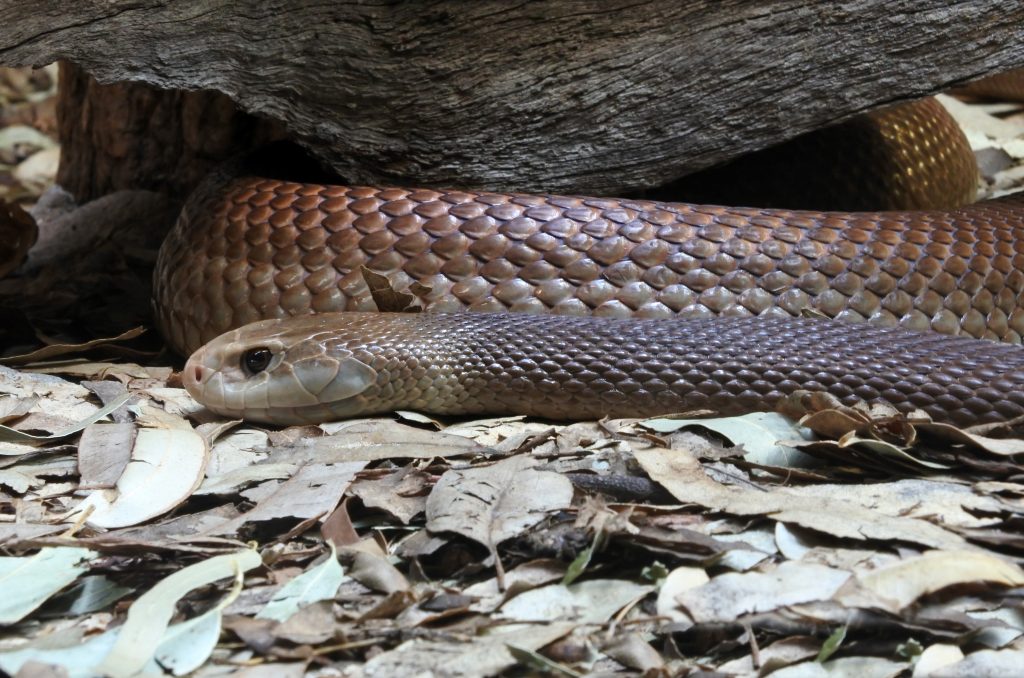In my recent First Aid Training class, one of the students had shared his first encounter with snakes while he was on a hike last summer in South Australia. John is in his early twenties and an outdoor enthusiast. He likes to do sports, camping and hiking with friends during his free time.
According to John, while he was walking on the trail, he stumbled upon a tree and decided to take a rest while waiting for the rest of his friends. When his friends arrived, one of them noticed a red-bellied black snake wrapped around in the tree’s body, near where John is sitting.
His friends quietly ordered John to slowly move away from the tree. John made it several feet away from the tree, yet he can still hear the hissing of the snake at the back of his neck.
It’s been months since John’s snake encounter, yet he’s still having nightmares about it.
Since the incident happened, John feared the outdoors and had missed a lot of camping and hiking invites from his friends. Until one day, John decided to enrol in a remote-first aid training course.
The Remote First Aid Training course is John’s way to prepare himself physically and mentally in case of another snake encounter. A month after the training, John can again enjoy the great outdoors of Australia.
Snakes on the trail
Australia has a fearsome reputation for having some of the most venomous snakes in the world. We currently have 10 venomous snakes on the list, most of them have high toxic venoms which are deadly.
Snake encounters often occur during spring and summer, since that is the time when both humans and snakes are most active outdoors. Warmer weather means more snakes and other wild creatures are on the move.
An estimate suggests that there are more than 2000 snake bites in Australia every year, and only 500 people require hospital treatment.
Recognising Venomous Snake Bites
Although the chance of getting bitten is relatively snow, we still need to watch out for some symptoms of venomous snake bites. Symptoms may include swelling and redness around the wounded area, fang or puncture marks, tingling pain, difficulty breathing and numbness in the face and limbs.
Note that the symptoms may vary depending on what type of venom is circulating in a person’s body. Some may display symptoms right away, and some may not display symptoms for a long period of time.
Treating Snake Bites
Some species of snakes are harmless but for maximum safety, treat all snakebites as if they are venomous. Call 000 immediately or get the person to the nearest emergency room.
While waiting for emergency medical help:
- Keep the person in place to prevent the venom from spreading
- Remove any accessories or tight clothing that can cause swelling
- Apply a pressure bandage to the bitten area. Use a loose, sterile dressing if possible.
Time is essential in a snake bite injury. Some snakes can give a painful death in a few minutes, including the Australian Taipan that can kill a person in just 10 minutes.
Find out more about our snake bite first aid training here.

